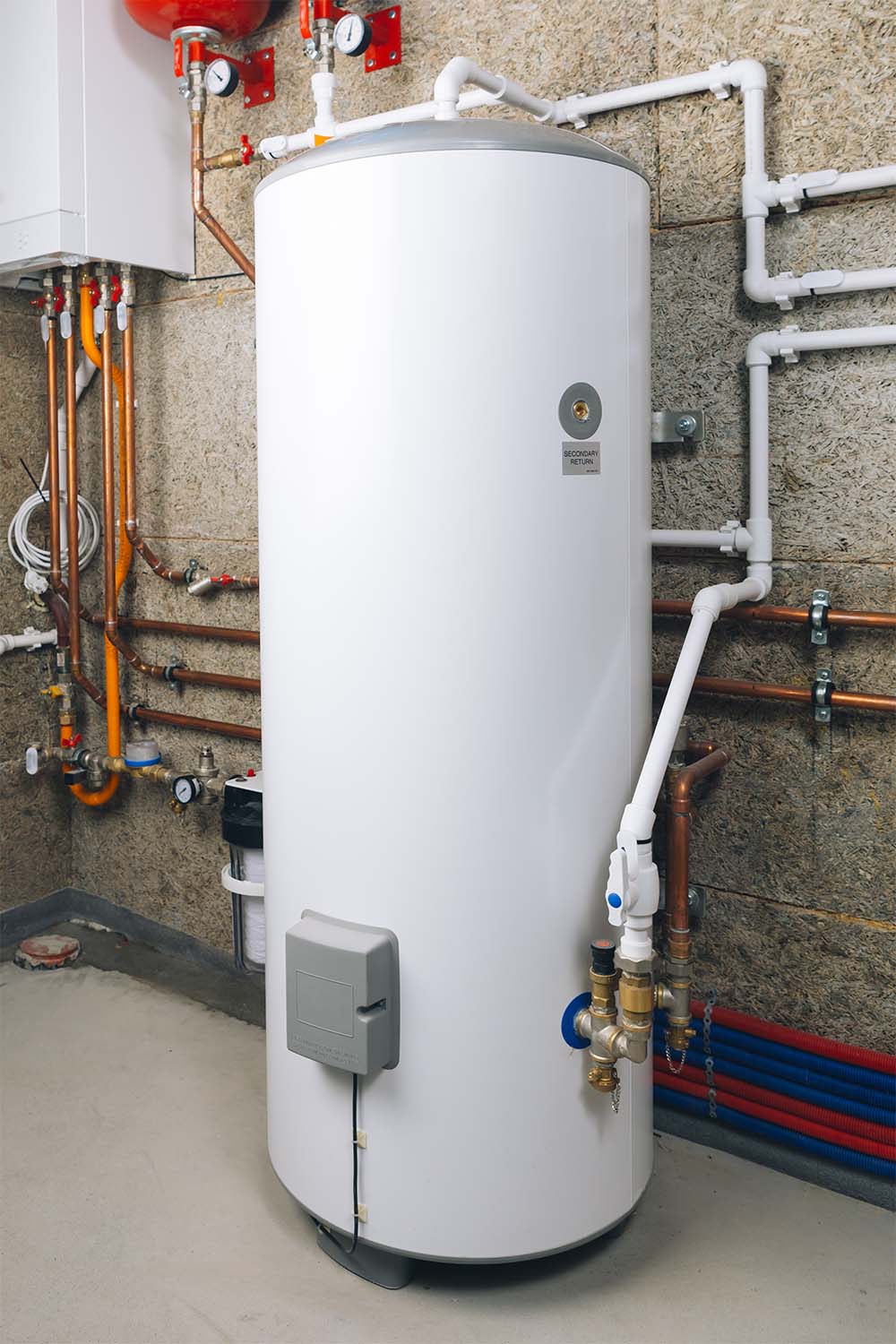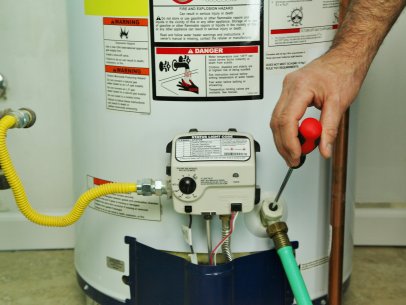Essential Tips on Maintaining Your Home's Hot Water System
Explore NowThe content down below relating to What Kind of Maintenance Do Water Heaters Need? is without a doubt interesting. Read it for yourself and see what you think about it.

Warm water is vital for everyday comfort, whether it's for a refreshing shower or cleaning meals. To ensure your hot water system runs efficiently and lasts much longer, routine maintenance is essential. This article provides sensible pointers and understandings on how to keep your home's warm water system to prevent interruptions and pricey repair services.
Introduction
Maintaining your home's warm water system could appear difficult, but with a few straightforward actions, you can ensure it runs efficiently for many years ahead. This overview covers whatever from understanding your warm water system to DIY maintenance pointers and understanding when to hire specialist assistance.
Significance of Maintaining Your Warm Water System
Regular maintenance not just prolongs the lifespan of your warm water system but additionally guarantees it operates successfully. Overlooking upkeep can result in reduced efficiency, greater energy costs, and even early failure of the system.
Signs Your Warm Water System Needs Upkeep
Knowing when your warm water system needs focus can avoid significant issues. Keep an eye out for signs such as irregular water temperature, weird noises from the heating system, or rusty water.
Comprehending Your Warm Water System
Prior to diving into upkeep tasks, it's handy to comprehend the standard components of your warm water system. Generally, this includes the hot water heater itself, pipes, anode poles, and temperature level controls.
Regular Monthly Upkeep Tasks
Regular regular monthly checks can help catch small issues before they rise.
Flushing the Hot Water Heater
Purging your water heater eliminates sediment accumulation, boosting efficiency and extending its life.
Monitoring and Replacing Anode Rods
Anode rods stop corrosion inside the storage tank. Checking and replacing them when worn is vital.
Inspecting and Adjusting Temperature Setups
Readjusting the temperature settings makes sure optimum performance and safety.
Do It Yourself Tips for Upkeep
You can execute several maintenance jobs yourself to maintain your warm water system in leading condition.
Checking for Leakages
Consistently evaluate pipes and connections for leaks, as these can cause water damages and greater costs.
Testing Pressure Relief Valves
Evaluating the pressure relief valve guarantees it operates appropriately and prevents excessive stress buildup.
Insulating Pipes
Protecting warm water pipelines reduces heat loss and can save energy.
When to Call a Professional
While DIY maintenance is beneficial, some concerns call for professional proficiency.
Complex Problems Needing Expert Assistance
Instances consist of major leaks, electrical issues, or if your water heater is regularly underperforming.
Routine Expert Upkeep Conveniences
Specialist upkeep can consist of detailed examinations, tune-ups, and making certain conformity with safety and security requirements.
Final thought
Routine maintenance of your home's warm water system is necessary for performance, durability, and expense savings. By following these tips and recognizing when to look for expert assistance, you can guarantee a trusted supply of warm water without unforeseen interruptions.
How to Maintain an Instant Hot Water Heater
Before tinkering with your hot water heater, make sure that it’s not powered on. You also have to turn off the main circuit breaker and shut off the main gas line to prevent accidents. Also turn off the water valves connected to your unit to prevent water from flowing into and out of the appliance. 2. When you’re done, you have to detach the purge valves’ caps. These look like the letter “T†and are situated on either side of the water valves. Doing so will release any pressure that has accumulated inside the valves while at the same time avoid hot water from shooting out and burning your skin. 3. When the purge valves’ caps are removed, you have to connect your hosing lines to the valves. Your unit should have come with three hoses but if it didn’t, you can purchase these things from any hardware or home repair shops. You can also get them from retail stores that sell water heating systems. Read the user’s manual and follow it to complete this task properly. When the hosing lines are connected, open the purge port’s valves. 4. You should never use harsh chemical cleaners or solutions when cleaning your unit. Make use of white vinegar instead. It should be undiluted and you’ll probably use about 2 gallons. 5. Now flush your water heater. This task should probably take about 40 minutes. We can’t give you specific directions for this because the procedure is carried out depending on the type, model and brand of your heater. With that being said, refer to the user’s manual. 6. When you’re done draining the unit, you have to turn off the purge port valves again. Remove the hosing lines that you earlier installed on each of the water valves. Put the valve caps (purge port) back in their respective places and be very careful so as not to damage the rubber discs that are found inside these caps. 7. Now that everything’s back in place, check your user’s manual again to find out how to reactivate your water heating system. 8. Once it is working, turn one of your hot water faucets on just to let air pass through the heater’s water supply pipes. Leave the tap on until water flows smoothly out of it. https://www.orrplumbing.com/blog/2014/september/how-to-maintain-an-instant-hot-water-heater/

We hope you enjoyed our post on What Kind of Maintenance Do Water Heaters Need?. Thanks a ton for finding the time to read our article post. Those who enjoyed our blog entry please consider to pass it around. Thank you so much for your time invested reading it.
Detail